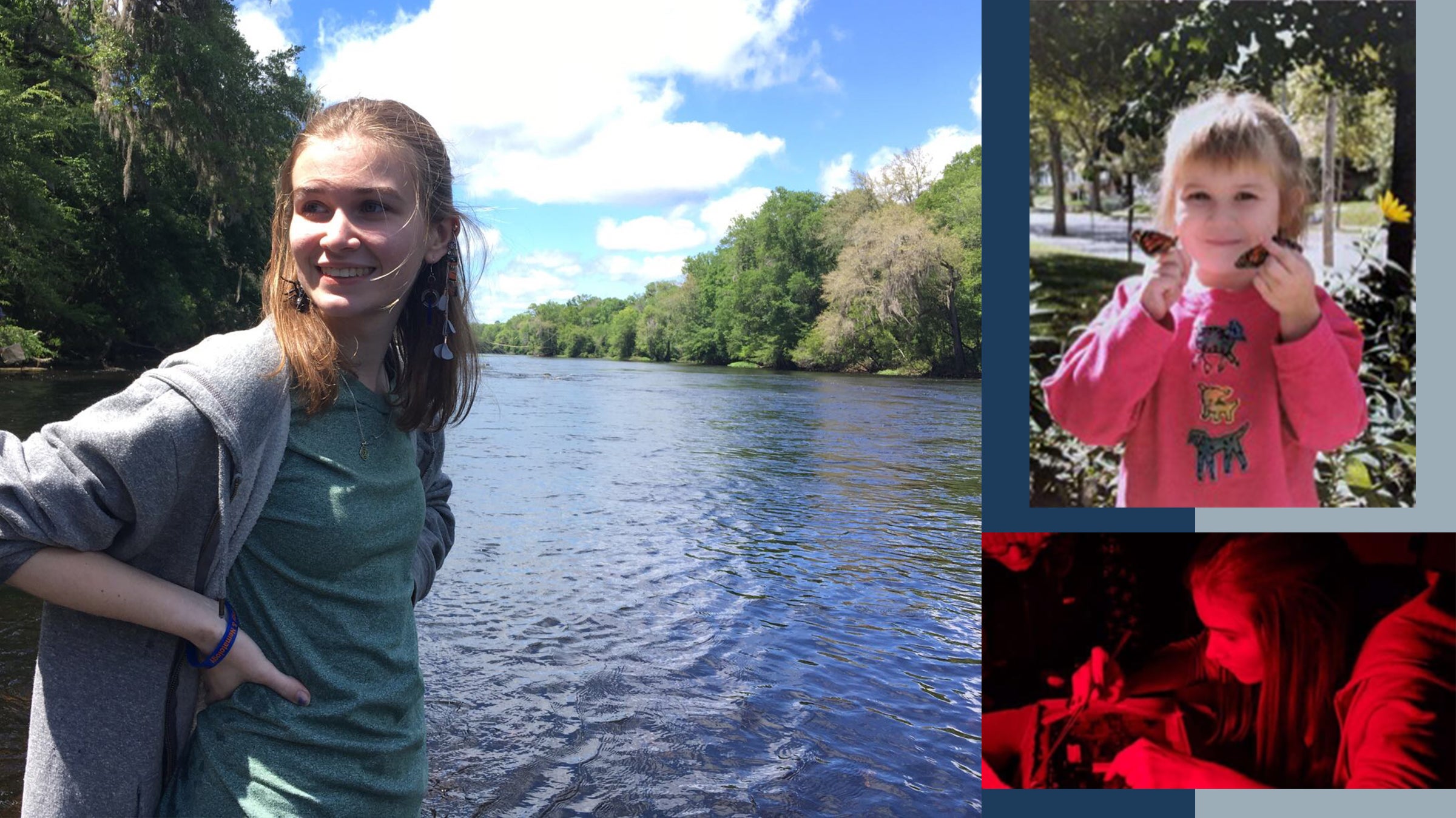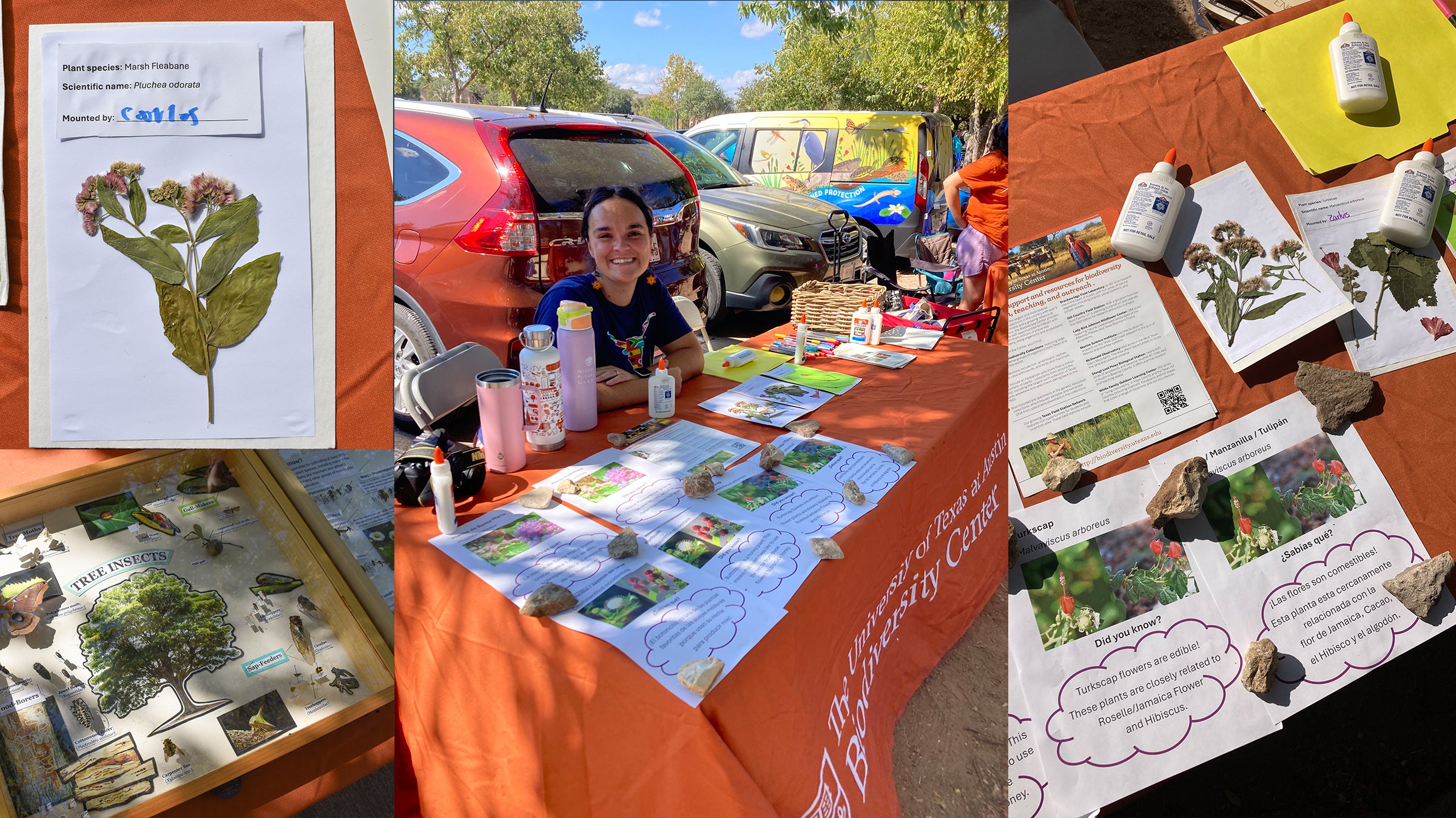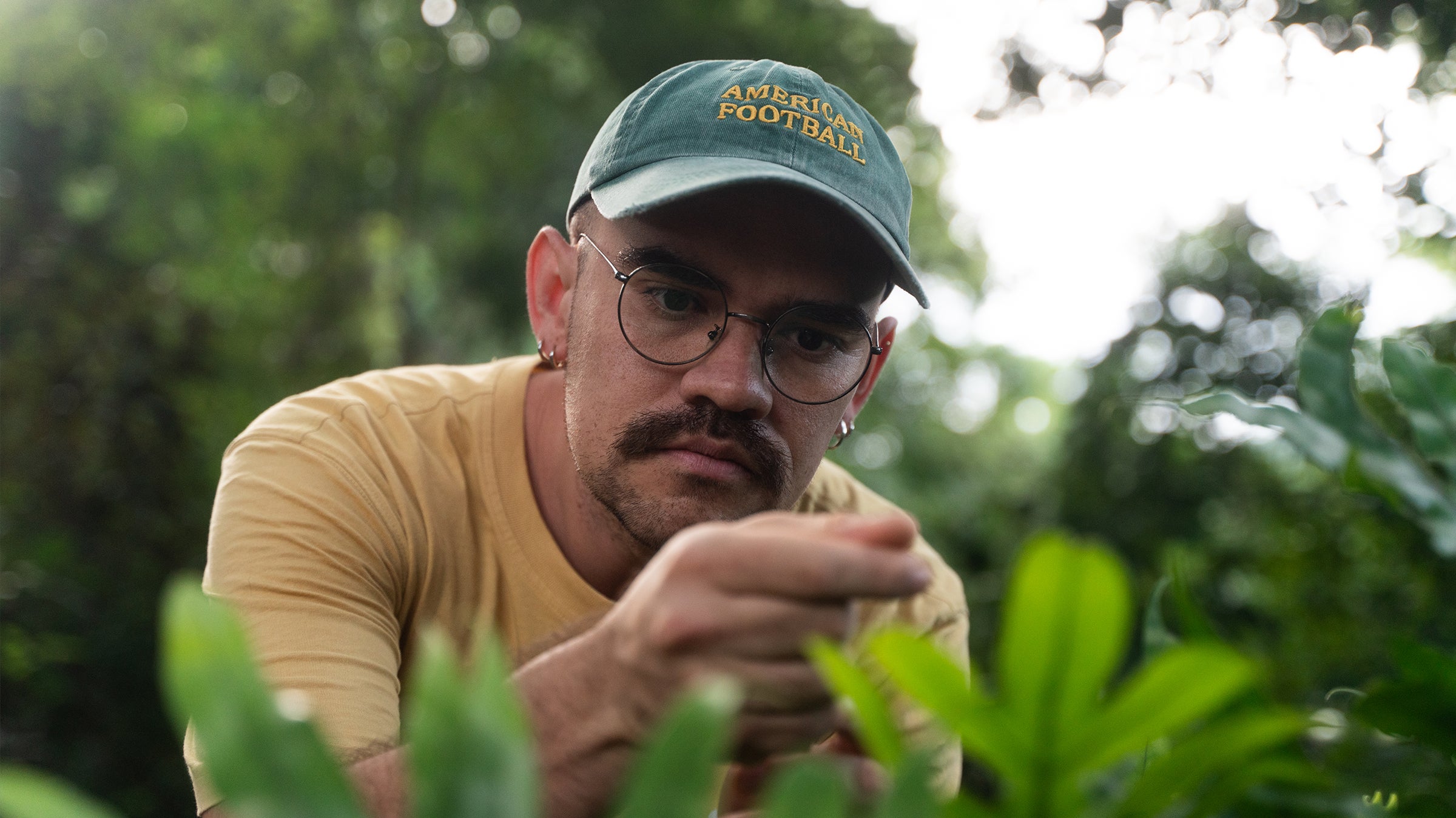News
Microbiology and Mentoring: Meet Grad Student Mariangel Correa Orellana
Driven by her love for the ocean, she is studying how Hawaiian shrimp interact with microbes and water temperature.

Destroying Crazy Ant Nest Structure Makes Them Vulnerable to Pathogens
Research initiated at a UT field station keeps progressing. That is good news for a war on an invasive species.

UT News
From Research to Results: UT-City of Austin Partnership Delivers
Tim Keitt and Ed LeBrun are among the UT researchers helping Austin, combat invasive species and plan for tomorrow.

Vulnerable Salamanders, Key to Healthy Ecosystems, a Focus in Two Studies
A pair of studies from UT Austin offer insights into these keystone species.

Extreme, Prolonged Drought Slashes Productivity of Grasslands, Shrublands
Research published in the journal Science on water-deprived plants involved Texas Field Station Network experts.

Texas Global
Kelly Zamudio Awarded Fulbright Distinguished Scholar Award
As a Fulbright U.S. Scholar, the professor of integrative biology is leading cutting-edge exploration alongside collaborators in Brazil.





